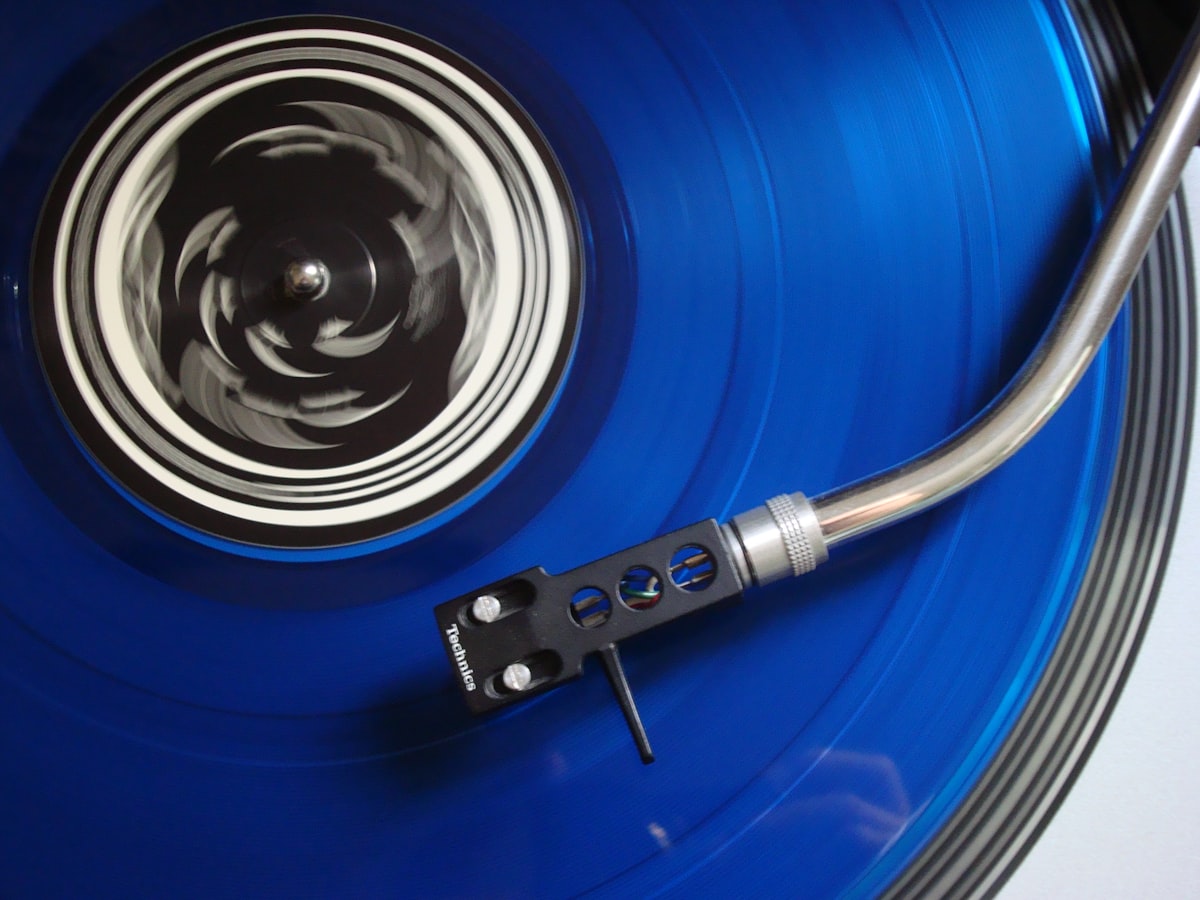Does Analog Music Still Matter in a Digital World?
In a world of digital convenience, vinyl endures as a bridge to pure analog sound, preserving the artist's intent with unmatched authenticity and inviting listeners to truly experience music.

It’s always surprising when younger generations are unaware of the technologies of the past. Recently, I discovered that my neighbor’s kids didn’t even know what an audio cassette was. With mix tapes now a nostalgic relic, cassettes have faded into obscurity. Yet, one music medium continues to endure: the vinyl record.
Records, with their iconic round and flat surfaces, have outlasted many of their successors. Today, record factories operate at full capacity, pressing hundreds of thousands of new vinyl records daily. Once reserved for collectors, vinyl has seen a resurgence in popularity among the general public. Retail giants like Amazon now dedicate entire sections to vinyl, signaling a strong market demand. But what keeps this old format relevant in the age of streaming and digital downloads? The answer lies in sound theory.
Digital Recordings and the Art of Approximation
Sound is essentially a vibration in the air, which our ears interpret as signals. When music is recorded digitally—whether on a CD, MP3, or streaming platform—the analog sound wave is converted into a digital format. This digital recording is not the original sound but rather an approximation of it. The accuracy of this approximation depends on two key elements: precision and conversion quality.

Precision refers to the level of detail captured during the conversion process. Think of it like measuring a table. Measurements in meters provide less detail than measurements in millimeters. Similarly, higher precision in digital sound captures more of the analog signal's subtleties but results in larger file sizes. Conversion quality, on the other hand, depends on the software used and the expertise of the sound engineer. High-quality software makes more accurate decisions, while skilled engineers can further refine the process, resulting in a more faithful representation of the original sound.
Compression and the Loss of Detail
Even with high precision and quality, digital audio files can become impractically large. Compression is the solution, reducing file sizes to make storage and transmission more manageable. Lossless compression achieves this without sacrificing any information, while lossy compression reduces file sizes further by removing less noticeable details.
Compression can be illustrated by taking the sentence "The ball is red." and rewriting it to "TheBallIsRed.". By using capital letters to represent spaces, the number of character required to store the sentence is decreased by three. The sentence can easily be returned to it's original state (decompressed) by adding a space in front of capital letters. As no information is loss, this compression is considered lossless.
The sentence can be further compressed by removing vowels : "tHBlLsRd". In this case, the capital letter is used to indicate that a vowel was removed. Recreating the message requires the vowel to be guessed. This compression is considered lossy, and can create a significant loss of precision, but can also provide significant improvements.
Lossy compression formats, like MP3s, achieve smaller file sizes but compromise the original sound's integrity. Lossless formats, such as those used on CDs, maintain the full quality of the audio but require more space. The trade-off between size and fidelity is a constant consideration in digital audio.
Loudness Wars
In recent decades, digital music has become a battlefield in the so-called Loudness War. Music producers have pushed for increasingly louder recordings, prioritizing volume over dynamic range. While this approach makes tracks stand out in crowded playlists, it also sacrifices sound quality. Digital formats, with their limited dynamic range, struggle to handle this amplification, leading to clipped peaks and noticeable distortion. Critics argue that this trend diminishes the emotional depth of music, replacing nuance with volume.

Vinyl Endures
Vinyl records stand apart because they store music as a physical, analog signal. The grooves on a record directly represent the vibrations of the original sound. A needle reads these grooves, translating their variations into sound waves without the need for digital conversion or compression. This process allows vinyl to offer one of the most faithful representations of the original recording, as most studio recording are analog in nature.
However, vinyl’s charm is not without its challenges. Playing records requires quality equipment, and entry-level quality turntables typically start at $200 USD. Inferior setups can distort or degrade the listening experience. The physical nature of vinyl also introduces wear over time. The needle must make contact with the grooves, gradually affecting the record’s sound quality. While laser-based turntables eliminate this issue, they remain prohibitively expensive.
Additionally, vinyl records are not as convenient as modern formats. A typical record holds only a few songs per side, requiring frequent flipping and swapping during a listening session. For those accustomed to uninterrupted playlists, this aspect of vinyl might feel cumbersome.
The Listening Experience
When comparing a vinyl record to its digital counterpart, many listeners describe the experience as richer and more dynamic. The difference between low and high notes feels more pronounced, creating a sense of depth and authenticity. However, the degree of difference varies depending on the record and the equipment used.
Vinyl continues to resonate with listeners for several reasons. For audiophiles, it provides unparalleled sound quality, offering a closer connection to the original recording. For others, it’s the tactile and nostalgic experience of handling a record, placing it on a turntable, and hearing the needle meet the groove. Vinyl also appeals to those who feel let down by poorly produced digital versions of their favorite albums.




